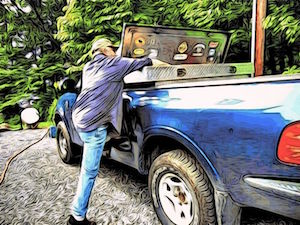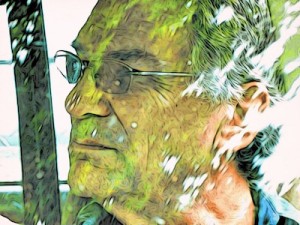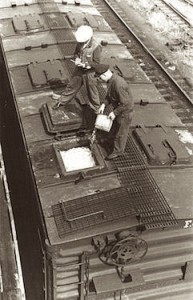Link This

I've heard everyone—from my coworkers to the news outlets—describe ours as a wireless society. Nothing could be further from the truth.
A fun little statistic: In 2006, we transmitted less than one percent of all international data traffic via satellite. The percentage is a little higher today, but we continue to route the overwhelming majority of data through undersea fiber optic cables that stretch between every continent except Antarctica. Countries around the world consider them absolutely vital to their economies.
We've been laying underwater cable for a long time. Those first put into service were telegraphy cables, laid in the 1850s, though experimentation with the cables went back as far as the early 1840s (just a couple years after the invention of the telegraph). And during the Cold War, the United States and the Soviet Union tapped into and cut each others' cables.
Laying the cables today is immensely expensive. We spend billions of dollars each year on the process. And, while the cost has gone down a bit, it's still normal to see price tags hitting tens of thousands of dollars per mile.
Submarine cables also break, and they break frequently. Fishing trawlers, anchors, earthquakes, turbidity currents (giant underwater landslides), and shark bites are all major causes of these breakages. We're not entirely sure why sharks like biting them so much.
Repairing them is a difficult and costly process, involving specialized repair ships that lower grapples to lift the broken ends of the cables to the surface for repair. We employ different types of grapples, depending on the seafloor around the break (for example: rocky vs. sandy). In shallower waters, we can use submarines to repair the cables.
Politicians thrive on producing drama about literally anything. While drama over oil and such tend to hog most of the media attention, submarine cables are a really big deal.
_________
Quotable
I see that that other Yard Ramp Guy has started offering up quotations in his weekly blog. Always up for a challenge and, um, not to be outdone, I challenge him to a Quote-Off. En garde.
“Beware of all enterprises that require new clothes.”
—Henry David Thoreau
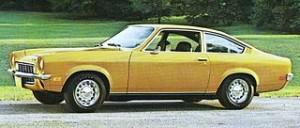 The second car I ever owned was a used
The second car I ever owned was a used 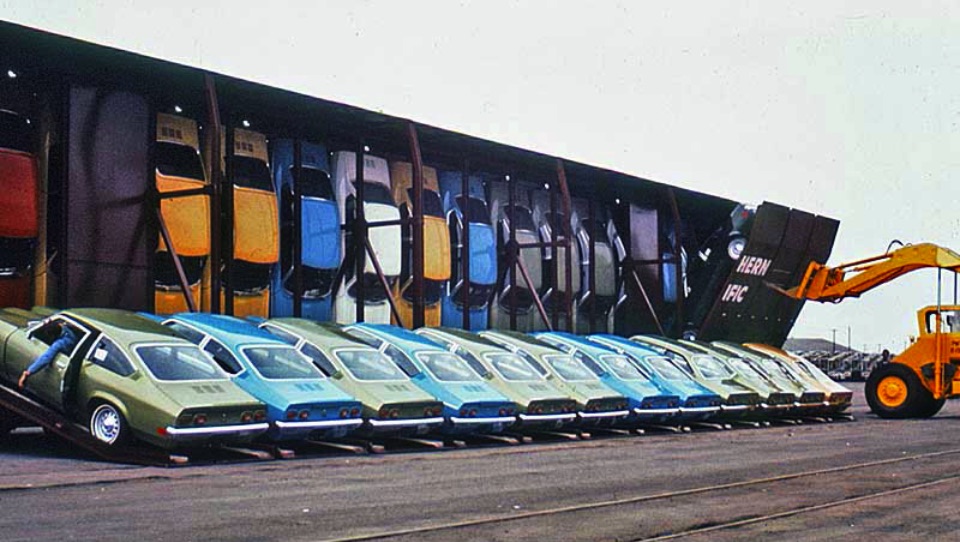
 Nineteenth century Chicago was plagued by, well, plagues. Epidemics of typhoid fever, dysentery, and cholera repeatedly hit the city. The 1854 cholera outbreak killed six percent of the entire city's population.
Nineteenth century Chicago was plagued by, well, plagues. Epidemics of typhoid fever, dysentery, and cholera repeatedly hit the city. The 1854 cholera outbreak killed six percent of the entire city's population.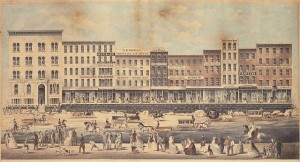 In 1856, an engineer named
In 1856, an engineer named 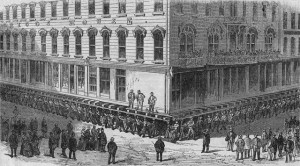 Only masonry buildings were considered worth raising; they placed wood-framed buildings on large rollers and moved them to the outskirts of town, usually without even bothering to empty out the furniture first.
Only masonry buildings were considered worth raising; they placed wood-framed buildings on large rollers and moved them to the outskirts of town, usually without even bothering to empty out the furniture first.
